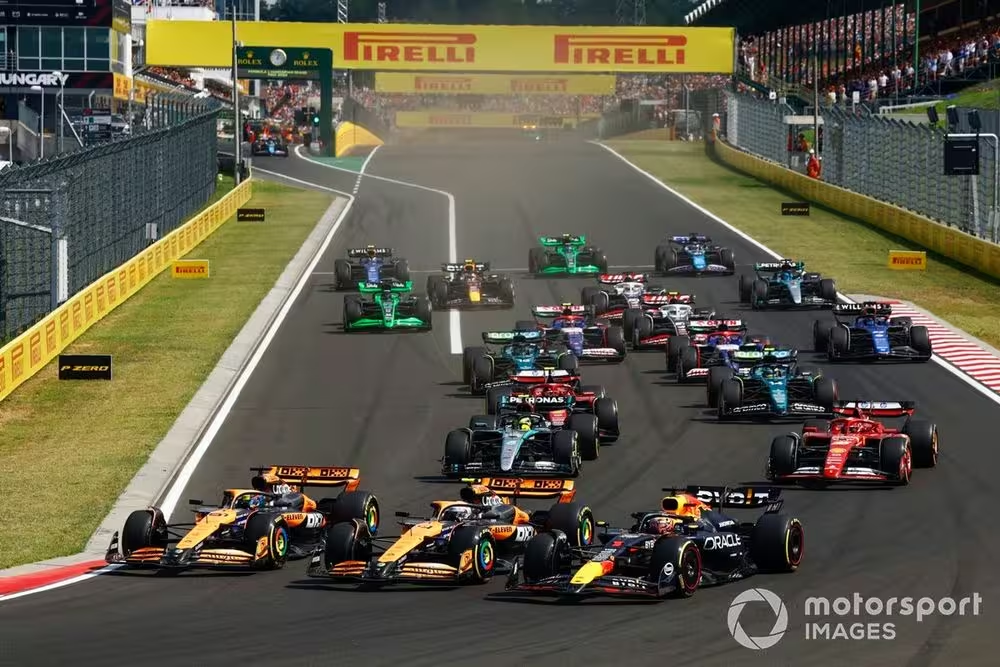As Formula 1’s schedule has grown to 24 races, coming up with a sensible calendar has become an increasingly complex puzzle.
Under its recent popularity boom, the Liberty Media-owned series hasn’t been short of candidates to organise a grand prix, with the likes of Miami, Qatar and Las Vegas joining in recent years, and Madrid on the way in 2026.
While there is a theoretical possibility to go to 25 races, F1 has landed on 24 events as the ideal number to balance the unprecedented demand it is enjoying with the risk of saturation and overextending its 10 teams. One look at recent calendars shows how much work is needed to get there.
The 22-race 2022 schedule featured the return of Australia, Canada, Japan and Singapore following a pandemic-related break, and had a punishing double-header of Baku and Montreal, standalone visits to Australia and Miami and a frantic flyaway run of six races in eight weeks to try and finish the season by 20 November.
The 2023 and 2024 calendars also had their challenges, with plenty of standalone flyaways that meant airmiles were racking up fast for F1 staff, and triple-headers that pushed them to the brink.
The puzzle pieces F1 has to fit
Lando Norris, McLaren MCL38, Oscar Piastri, McLaren MCL38, Max Verstappen, Red Bull Racing RB20, Lewis Hamilton, Mercedes F1 W15, Charles Leclerc, Ferrari SF-24, Carlos Sainz, Ferrari SF-24, the rest of the field at the start
Photo by: Zak Mauger / Motorsport Images
As the number of 24 races is non-negotiable, and F1 has set itself ambitious sustainability goals by 2030, then it has to try and reorganise the current roster of races in a way that is more feasible both from a logistical and HR point of view. The most logical way of doing that is by clustering races geographically and ensuring the series and the teams pivot more towards sea freight.
But due to existing mid to long-term contracts, it is not as easy as rejigging the calendar in one fell swoop. And the sheer number of puzzle pieces F1 has to try and fit – from the climate to religious holidays and date equity demands – is sometimes underestimated by the outside world.
Every expiring race contract is another opportunity to further whip the calendar into shape, which is a job for F1’s Director of Race Promotion Louise Young. Young took over the key role from Chloe Targett-Adams one year ago and is tasked with negotiating deals with existing and prospective race promoters.
“In an ideal scenario…
Click Here to Read the Full Original Article at Motorsport.com – Formula 1 – Stories…

